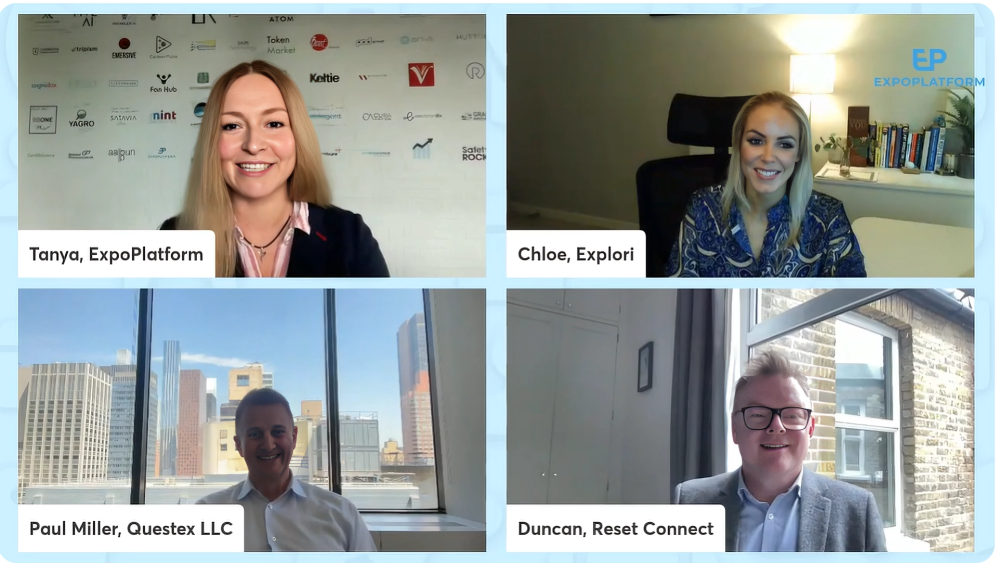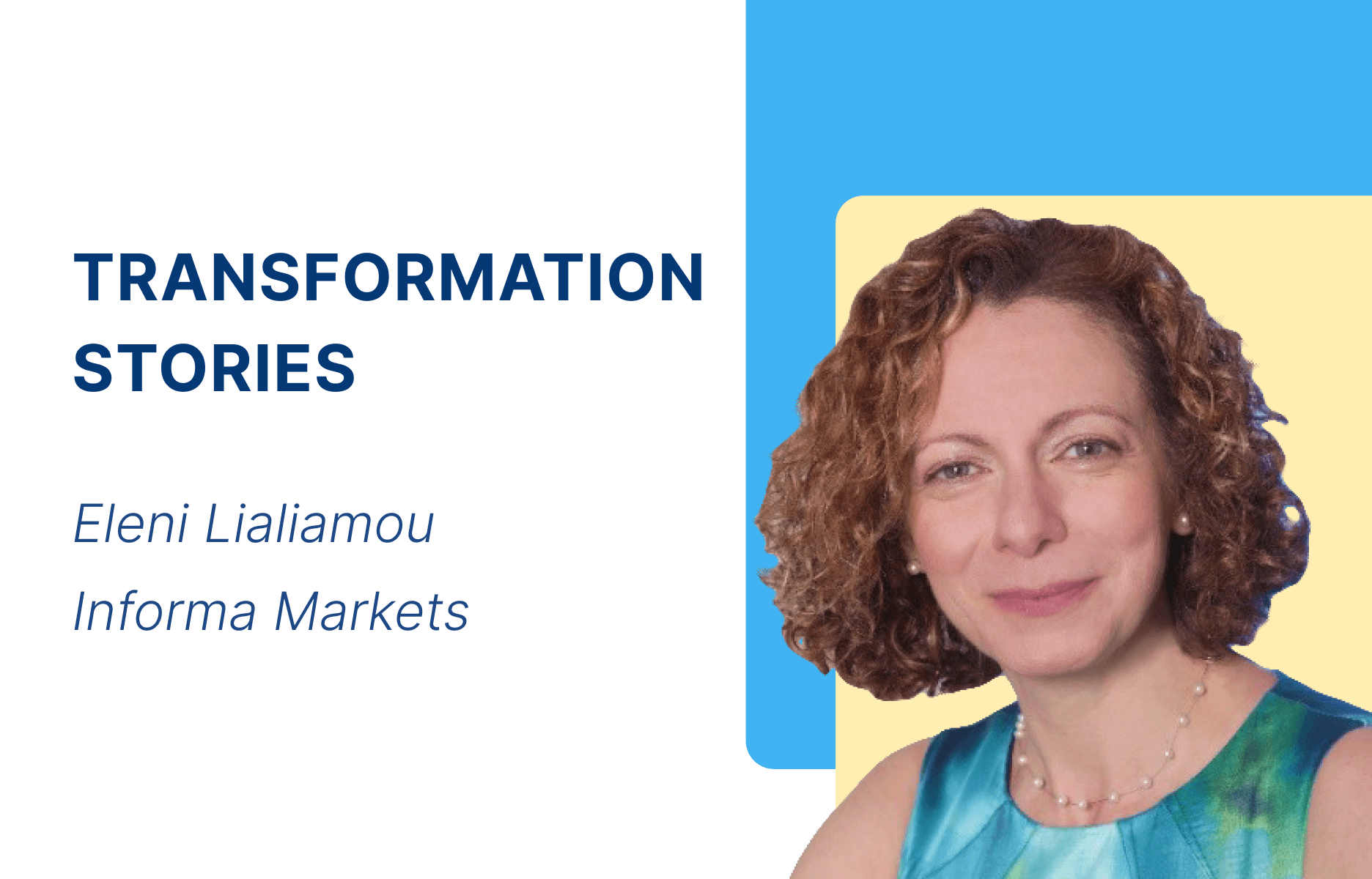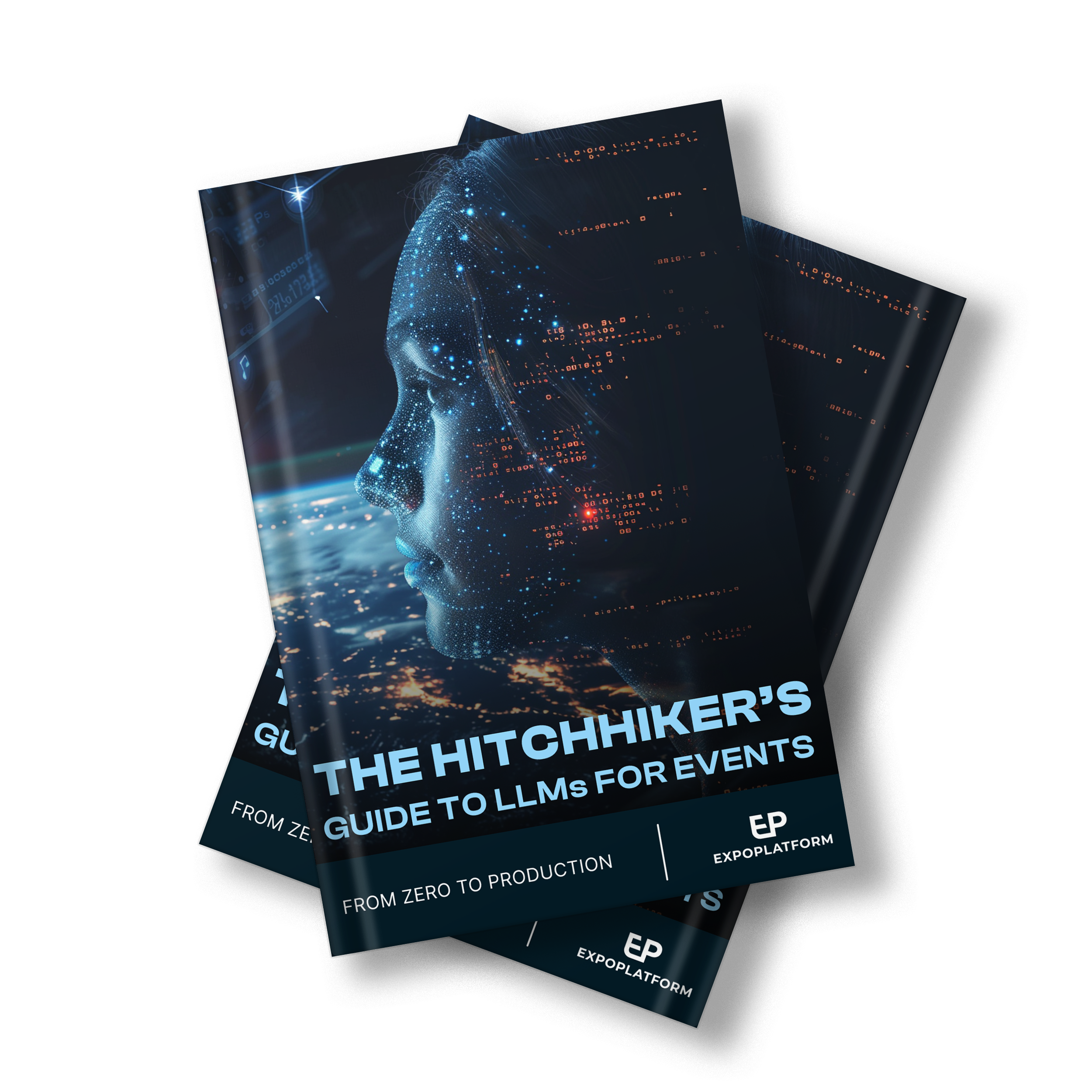
Eventprofs can’t “get away with what feels good” when measuring success
Eventprofs can no longer “get away with what feels good” when trying to measure the success of their live shows, according to an expert panel.
The top team of contributors – including Paul Miller from Questex, Duncan Reid of Reset Connect and Explori’s Chloe Richardson – took on topics such as how to measure the success of a show, implementing findings and more.
Paul, CEO of Questex, set out how data gathered using technology was now much more important to executives due to the actionable insights they provide – with a warning for eventprofs to get up to speed.
He said: “Digital marketing has taken off, because it produces measurable results – that is in the C suite.
“It is coming to the event world, if it’s not here already. We’re not going to get away with what feels good and ‘see you next year’.
“What we’re really talking about here underneath everything is that data is about providing return on objectives, investment and time – it’s here.
“It’s here now, so we’ve got to get with it.”
The Event Metrics that Matter webinar – chaired by ExpoPlatform CEO Tanya Pinchuk – was streamed live and joined by dozens of eventprofs from around the world.
Members of the audience were asked to choose their top measurements for judging how successful their shows were, with NPS coming out on top with 67% of votes.
NPS – or net promoter score – is a market research metric based on how respondents rate the likelihood they would recommend a company, product or a service to a friend or colleague.
Chloe, SVP of growth and communications at Explori, agreed this was an important measurement – but it was even more crucial to provide it some context.
She said: “NPS is a metric we should absolutely be measuring, but it should not be done in isolation.
“It helps you determine – looking forward – how likely you are to grow based on advocacy.
“But it does not determine how satisfied your audience was and it certainly does not determine how that tradeshow impacted their likelihood to spend more money or the way they see a brand.”
Chloe added: “NPS celebrated its 20th anniversary last year, which is mindblowing to me.
“The consensus is very much that it’s important, but it’s not the be all and end all.
“If you don’t look at NPS in context, you’re actually doing your event a disservice.”
Duncan, CEO of Reset Connect, agreed that NPS was an important measure, but he highlighted how rebook rates gave a clearer idea of how valuable your event has been for participants.
He said: “Rebooks are a very, very good indicator – if you’re getting 35% rebooks you have not got a good show.
“If you’re getting 70% to 80%, you’ve got a great show that you can build on.”
Duncan also highlighted that around only half of registrants to a free event will usually turn up, raising questions about how you can better interact with the no-shows and take advantage of potential business.

Tanya set out how pre-show activities can play an important role in increasing the share of those who turn up to the event.
She said: “The conversion rate depends on the engagement before the show. The average in the industry is that 50% of registrants turn into actual attendees, a rate which is quite low.
“If we’re increasing engagement before the show, maybe we can increase this number – there is a direct connection between the two.”
Tanya added: “The show starts much, much longer before – people should anticipate that the show is coming and be engaged before as well as during the show.”
Duncan argued that being able to maintain this engagement was one of the biggest challenges facing event organizers.
Limits on time and attention were some of the key areas he saw as making it difficult to maintain meaningful interactions.
He said: “Everyone is so busy these days. They’re probably watching webinars and doing their emails at the same time and catching up on their WhatsApp messages and clients.
“So people are very, very, very busy and how you keep that mindshare and get people to engage anytime before the event is very, very hard.”
Paul set out how every Questex event now has a dedicated website which publishes content to engage that audience.
This allows the organizer to learn what topics, speakers and formats are interesting potential show participants.
He said: “Why would you only engage with your customers three days a year? Why not engage with them every day a year?
“Listen to them, learn from them what content they’re engaging with both on your website and also across the web.
“Look at who they’re reading, what guest contributors they might be engaged with invite those guest contributors to speak at your event.
“Invite the people that are reading those columns to come and see the person live.”
Paul added: “You’re kind of signalling to them – we know who you are, we know what you’re interested in and we are making our event much more relevant in terms of the time you invested our event.
“Because it’s based on what you’re telling us – not what we are telling you or what we’re guessing you might be interested in. That’s a pretty deep data play.”
Duncan went on set out four areas which make up an event – content, networking, business and experience.
This combination of offerings is what he believes gives live shows the upper hand in an increasingly tech-powered landscape.
He said: “You need to be measuring what content visitors want to know and what experience exhibitors are looking to give and then just try and match them up.
“That’s the great thing about events, which is why we’ve got a very strong product even in a digital world.
“We offer connections that sometimes you don’t get in the digital world.”
Paul added: “You’ve really got to have a thorough view of how you measure your event – what data is important? What data is not important?
“Leading with square feet is not going to get me excited as a buyer, because I’m not sure what that means – you have a lot of real estate you’re selling, but I’m more interested in what does that mean to the customer?
“So any kind of customer data – repeat customers, resign customers, happy customers – I’d really like to see that kind of data if I’m going to buy your business.”
Chloe also added an important note about how event organizers also need to be informed about how exhibitors are rating the success of taking part in a show.
This helps to build a better picture of what is making those customers happy or unhappy, impacting their likelihood of coming back.
She said: “What exhibitors are trying to do now is establish the right metrics for them – so that they can demonstrate the impact, the value and continue to justify exhibit spend to their stakeholders.
“It’s a really important time for exhibitors and organisers to work together to make sure we’re making it as easy as possible for these exhibitors to be able to collect this data so that they can present it back to their businesses.”
Chloe added: “For a very long time the only metric that exhibitors tended to collect was how many leads are collected on site. Now, obviously, that is sustainable for a variety of reasons.
“But first and foremost, leads are not the only reason why people exhibit at trade shows – they are one of the reasons but there’s so many others.”
She highlighted goals such as brand awareness or changing its perception in ways such asserting themselves as thought leaders or allowing teams to network in new markets.
There's more you might like

Five ways to drive tradeshow ROI with data analytics
Tradeshows are more digital than ever – with tech layers and advanced algorithms involved at almost every touchpoint. We are seeing this in pre-event activities to registration, onsite engagement, lead generation, post-event surveys and more. That’s why it’s critical to exploit the data from these touchpoints and convert them into successful business outcomes. This article ...

Event data overload ‘needs philosophers over scientists’
Eventprofs are faced with an overload of information which needs “more philosophers than data scientists”, according to an industry expert. Enrico Gallorini, co-founder of GRS Research & Strategy, believes organizers need to go back to basics with the questions they ask their audience, in order to really understand their needs. It comes after his company ...

The ‘million dollar question’ about event data algorithms
The “million dollar question” facing organizers right now is over how event data can create high-quality recommendations, according to an industry expert. Eleni Lialiamou, executive vice president of product management at Informa Markets, believes the way we live our lives has been transformed through technology – and exhibitions deserve the same. But how close we ...


